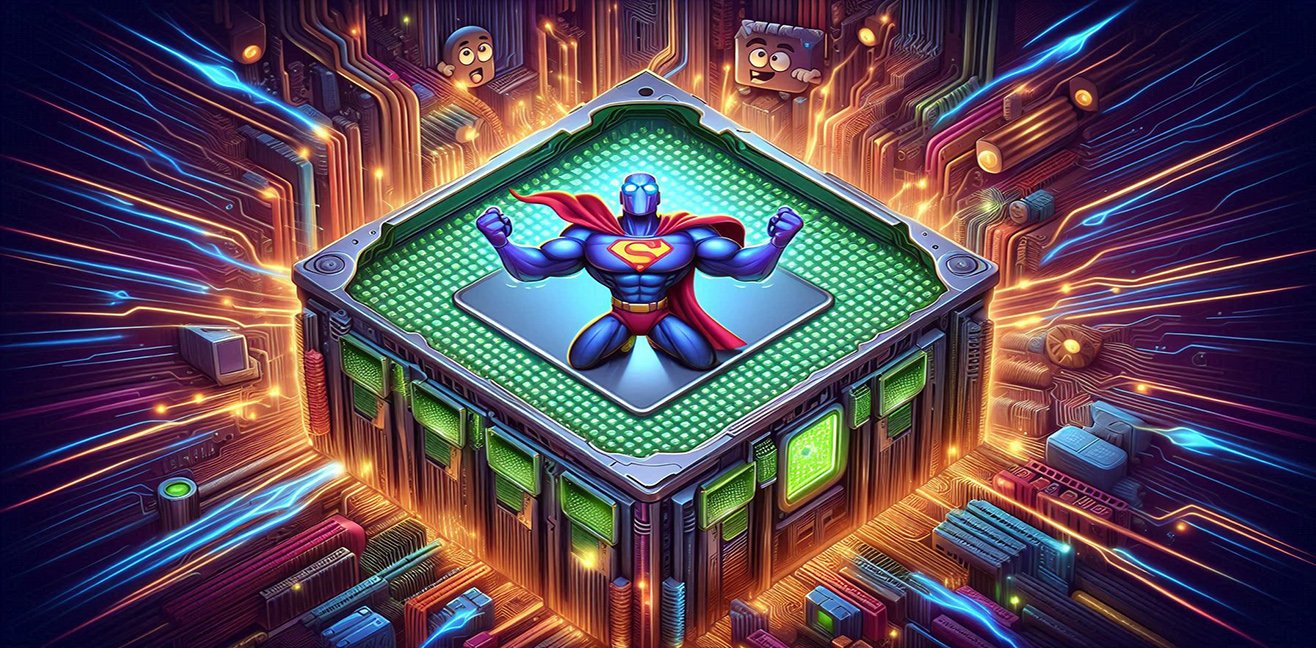“Spinning disks for unforgettable memories… and flying data!”
When you open up your computer, every component tells a story. But there’s one part quietly sitting in the corner… It’s not as flashy as your monitor, nor does it click and clack like your keyboard. Yet when you power on your PC, it’s the first to jump into action saying, “Alright, what files do I need to remember today?” Yes, today’s hero: the Hard Disk, and now joined by the stormy M.2 SSDs!
🔄 What is an HDD? How Does It Work?
A Hard Disk Drive (HDD) is your computer’s long-term memory. We used to store letters in trunks; now we store photos and videos on HDDs.
- It consists of spinning platters (not a DJ, but it loves to spin).
- The read/write head reads data like a needle on a record player.
- It spins at 5400 – 7200 RPM — so it’s actually doing its own kind of workout!
But these speeds no longer satisfy modern “one-click boot-up” expectations…
🚀 What is an SSD? Why Is It Faster?
SSD, or Solid State Drive, has no moving parts. No platters, no heads, no spinning disks!
Instead, it works like a giant USB stick but much faster. If the old HDD was a tortoise, the SSD is a jet engine.
And here’s where the latest M.2 SSDs come into play…
🧬 What is an M.2 SSD?
M.2 is the slim, long, and chocolate-bar-like version of an SSD.
- It plugs directly into the motherboard — no cable mess!
- Despite its tiny size, it proudly shouts, “I’m here!” with speedy performance.
- Typically favored in laptops, gaming PCs, and systems that say, “Speed is my only language.”
⚡ Gen 3 vs Gen 4: The Battle of the Generations
PCIe (Peripheral Component Interconnect Express) is the interface that determines how the SSD talks to the system.
Think of it like your internet connection speed:
- Gen 3 (PCIe 3.0): Offers speeds up to 3500 MB/s. Already about 10 times faster than HDDs.
- Gen 4 (PCIe 4.0): Can reach speeds up to 7000 MB/s. Is it an SSD or a teleportation device?
- Gen 5 is coming too, but let’s save that for another blog — it’s not quite mainstream yet 😄
💡 Note: If your motherboard doesn’t support PCIe Gen 4, even a Gen 4 SSD will run at Gen 3 speeds. It’s like wearing a Rolex as a bracelet!
🌟 The Most Popular SSD Brands
Buying an SSD isn’t just “any brand will do.” Brands make a big difference. Here are the stars of the SSD world:
🔹 Samsung
- With models like 970 EVO, 980 PRO, 990 PRO, it’s a performance beast.
- Leading in speed, durability, and software support.
🔹 Western Digital (WD)
- The WD Black SN850 is a Gen 4 monster, perfect for gamers!
- WD Blue is a more affordable, reliable alternative.
🔹 Crucial (Micron)
- P3 and P5 series offer excellent price/performance balance.
- Ideal for Gen 3 users.
🔹 Kingston
- The NV2 model brings Gen 4 at a budget-friendly price.
- Generally economical and quietly does its job.
🔹 Sabrent
- The Rocket series screams, “Speed? Say no more!”
- Great choice for those craving top-tier speed.
📌 HDD or SSD? Why Not Both?
- For games, OS, and frequently used apps: M.2 SSD
- For archives, movie & series collections, backups: HDD
This combo is a perfect digital marriage: one gives speed, the other stores.
⚠️ Things to Keep in Mind
- SSD speeds drop if it gets too full. The rule is “keep it half empty for smooth running.”
- Don’t forget to back up HDD data. HDDs last long but aren’t immortal!
- When installing M.2 SSDs, check motherboard compatibility: they come in different lengths (2230, 2242, 2280).
🎯 Conclusion: Storage is Serious Business, But Let’s Have Fun!
Technology changes fast, disks get smaller, but data demands grow.
- Once, having a 1 TB disk was a big deal. Now you can find that much data just in WhatsApp groups.
- Whether you use old-school HDDs or lightning-fast M.2 SSDs, always remember to back up your files! Because the “disk” won’t fail you, but “we” might. 😄
🖋️ Written by: A system engineer madly in love with technology
💬 Leave a comment: Feel free to reminisce — “My first hard disk was 20 GB!”




